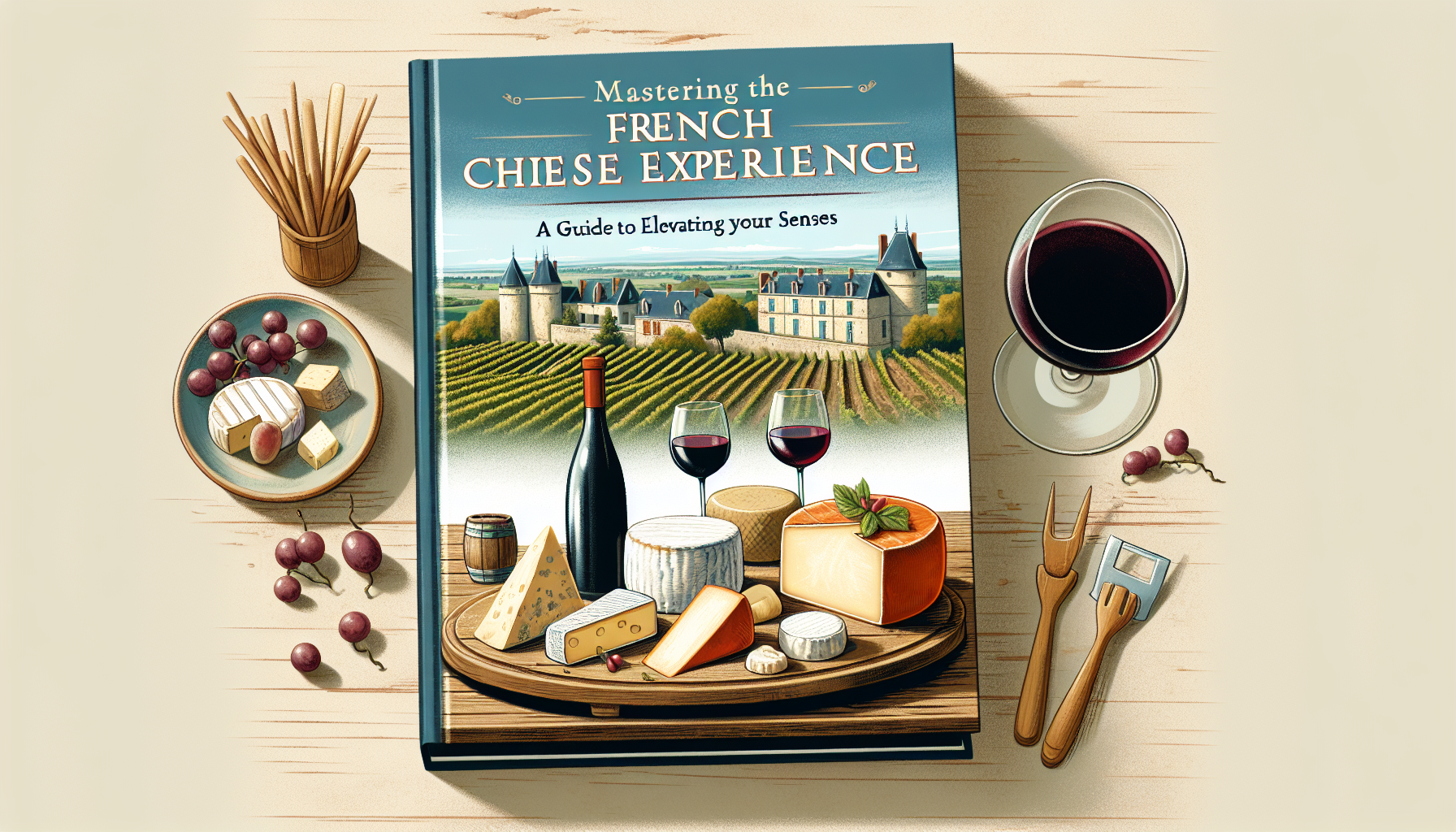Creating a blog post based on the provided article on cheese with the stylistic elements of Serious Eats involves organizing information in an engaging, informative, and visually appealing manner. Here’s how we can transform the article into a blog post:
Exploring the Art of the French Cheese Plate
When it comes to appreciating cheese, no one does it quite like the French. While the typical American cheese experience often involves dollops in salads or melted over burgers, in France, cheese is an event in itself. It's not just an ingredient but a centerpiece, served alone to be savored and explored.
Embrace the Simplicity
In the U.S., cheese is frequently an ensemble player, part of a cast of characters in dishes ranging from pizza to mac and cheese. However, take a cue from French traditions: allow cheese to stand alone. John Montez, a certified cheese professional at Murray's Cheese in New York, encourages us to reimagine our approach. "The best way to learn about cheese is to eat cheese," Montez claims. This cultural shift begins with selecting and savoring a variety of cheeses on a thoughtfully arranged board.
Building Your Board: A Symphony of Flavors and Textures
When assembling a cheese plate, harmony is key. Montez shares some valuable guidelines for crafting the quintessential French cheese experience:
-
Odd Numbers Rule: Aim for three to five cheeses as they create a visually pleasing and balanced offering.
-
Diverse Textures and Flavors: Mix hard, semi-firm, and soft varieties. An ideal French cheese board might feature a robust Comté, a velvety Brie, and a bold Roquefort.
-
Seasonal Considerations: Just as produce tastes best in season, so does cheese. Fresh goat cheese in the spring contrasts with heartier selections like Brie in the winter.
-
Temperature Matters: Cheese, especially soft varieties, should be served at room temperature. "If you buy just the amount you plan to eat that day, it never needs to see a fridge," advises Montez.
-
Proper Wrapping: Keep cheese delicious by avoiding plastic. Opt for cheese paper, wax paper, or parchment to preserve flavor and texture.
Discovering French Hard Cheeses
Comté: A beloved Alpine cheese that translates the rugged beauty of its region into a nutty, complex delight.
Tommes de Savoie: This rustic cow's milk cheese offers a tangy taste with a wild, craggy rind that narrates the tale of its farmhouse origins.
Mimolette: With its vibrant butterscotch flavor and playful orange hue, Mimolette commands attention and admiration.
Delving into French Blue Cheeses
Roquefort: Known as the "king of cheeses," this tangy, sheep's milk blue cheese proudly earns its regal title.
Bleu D'Auvergne: A milder cousin to Roquefort, it's suited for both snacking and culinary creativity.
Savoring French Soft Cheeses
Chèvre: In the spring, a mild chèvre sings, especially when paired with a crisp Sancerre.
Brie Fermier and Camembert Fermier: On the search for buttery indulgence? These rich, farmstead beauties might be the answer.
The Continental Treasures You Must Try
Planning a trip to France? Keep an eye out for jewels that transcend U.S. regulations, like the delicate St. Marcellin, a raw milk cheese that captures the terroir in every creamy bite.
Pairing Perfection
There's no exact science here, but traditional pairings provide an excellent starting point. Consider serving cheese with wines from the same region to highlight shared terroir nuances. However, don't shy away from adventurous experimentation—sometimes, the union of unexpected flavors can dazzle the most seasoned palate.
Accoutrements: Less Is More
A French cheese plate typically does not overflow with distractions. A fresh baguette, a touch of honey, or a simple saucisson sec will suffice, letting the cheese take the spotlight.
In Conclusion
Whether you're hosting a get-together or simply indulging alone, taking cues from French cheese traditions can elevate your tasting experience. In the words of Montez, "There's nothing wrong with eating just straight-up cheese." So, let us celebrate the artisanship and cultural richness encapsulated in each wedge and wheel. Happy tasting!
This format emphasizes engaging storytelling, strategic structuring of information, and supporting details that resonate with Serious Eats' style, helping readers navigate the complex landscape of French cheeses with confidence and curiosity.
